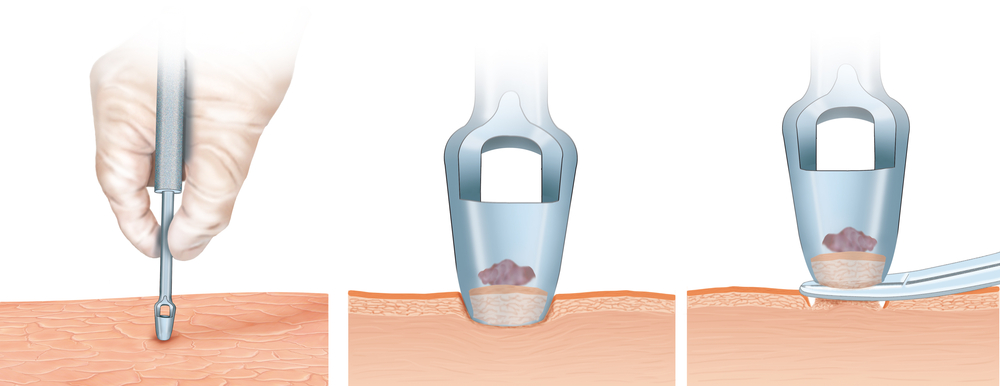Skin Biopsies: Importance, Procedure, and Recovery
Your skin is the largest and most visible organ in your body, serving as a critical barrier against environmental factors. While it may not always receive the same level of attention as other vital organs like the heart or liver, the health of your skin is essential for your overall well-being. Regular skin care and vigilance in monitoring for changes are key to maintaining healthy skin and detecting potential issues. If a suspicious lesion or growth appears, a skin biopsy may be necessary to determine whether it is malignant or benign.
Skin biopsies are most commonly performed to evaluate changes in skin lesions, such as discoloration, growths, or moles that have changed in size, shape, texture, or color. During the procedure, a small sample of the affected tissue is taken and sent to a laboratory for analysis. The biopsy results help guide your doctor in determining the appropriate course of action, whether that be further testing or treatment.
Did You Know?
There are three main types of skin biopsies, and the method chosen depends on the size, location, and depth of the lesion. The most common and least invasive technique is a shave biopsy, in which a small sample of the skin is removed using a scalpel. More invasive options, such as punch, excisional, and incisional biopsies, may be used for deeper or larger lesions.
Frequently Asked Questions
Do I need a skin biopsy?
A skin biopsy may be necessary if you notice changes in the appearance or texture of a mole, blemish, or growth on your skin over time. While many skin growths are benign, the only way to confirm whether a lesion is cancerous or not is through pathological testing. Early detection and treatment of skin cancer significantly improve outcomes, so it is important not to ignore any suspicious changes. If you are concerned, contact your dermatologist to schedule an evaluation.
What should I expect during a skin biopsy?
Before the biopsy, the area will be cleansed, and a local anesthetic will be administered to ensure you are comfortable and pain-free during the procedure, which typically lasts only a few minutes. Once the sample is collected, your doctor will apply pressure to the site to control bleeding and then bandage it to aid healing. The tissue sample will be sent to a laboratory for analysis, and you can expect the pathology results within a few days.
What is the recovery process after a skin biopsy?
After the biopsy, the area will need time to heal. In some cases, sutures may be required, and a topical antibiotic ointment may be applied to prevent infection. Depending on the procedure’s extent, you may need to return for a follow-up appointment to monitor the healing process or change the dressing. Once your biopsy results are ready, your doctor will discuss the findings with you and recommend any necessary treatment or follow-up care.


